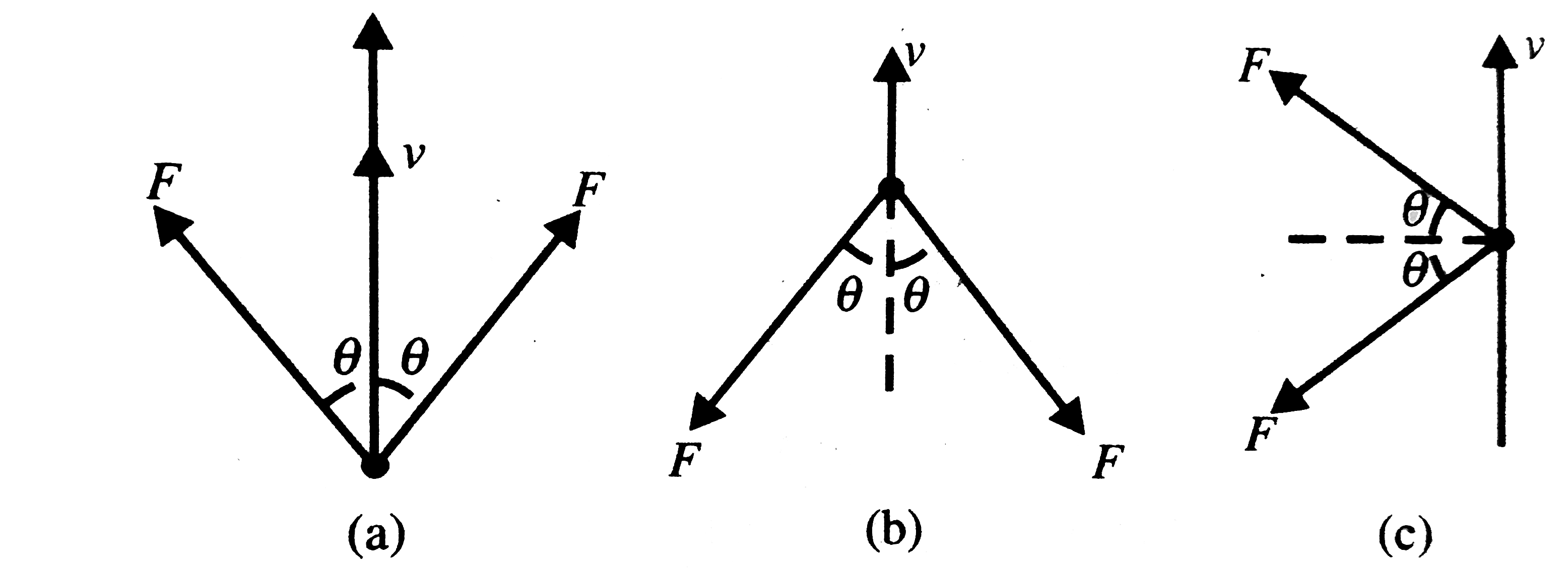A particle is acted upon by a force of constant magnitude which is always perpendicular to the velocity of the particle. The motion of the particle takes place in a plane. It follows that:
the kinetic energy of the particle changes with time
the acceleration of the particle is constant
the velocity of the particle is constant
the speed of the particle is constant
The correct Answer is:D
Step by step video solution for A particle is acted upon by a force of constant magnitude which is always perpendicular to the velocity of the particle. The motion of the particle takes place in a plane. It follows that: by Physics experts to help you in doubts & scoring excellent marks in Class 11 exams.
Updated on:21/07/2023Similar Questions
A particle is acted upon by a force of constant magnitude which is always perpendiculr to the velocity of the particle. The motion of the particle takes place in a plane. It follows that
View SolutionA particle is acted upon by a force of constant magnitude which is always perpendiculr to the velocity of the particle. The motion of the particle takes place in a plane. It follows that
View Solution
Knowledge Check
the circular motion of a particle with constant speed is
Aperiodic and simple harmonicBsimple harmonic but not periodicCneither periodic nor simple harmonicDperiodic but not simple harmonic
When the force of constant magnitude always act perpendicular to the motion of a particle then :
View SolutionThe magnetic force on a charged particle is always perpendicular to its velocity. Can the magnetic force change the velocity of the particle? Speed of the particle?
View SolutionA particle of mass m is acted on by two forces of equal magnitude F maintaining their orientation relative to the velocity v as shown in Fig. The momentum of the particle

View SolutionDescribe the motion of a particle acted upon by the force:
View SolutionA particle experience a force of 10 N which is constant in magnitude and is always acting towards origin. Calculate the work done by the force on the particle during its displacement from (1,2,3) to (−1,−2,3):
View SolutionA particle at rest on a frictionless table is acted upon by a horizontal force which is constant in magnitude and direction. A graph is plotted of the work done on the particle W, against the speed of the particle v. If there are no frictional forces acting on the particle, the graph will look like
View SolutionA particle initially at rest is subjected to two forces, one is constant, the other is retarding force proportional to the particle velocity. In the subsequent motion of the particle, the acceleration
View Solution
